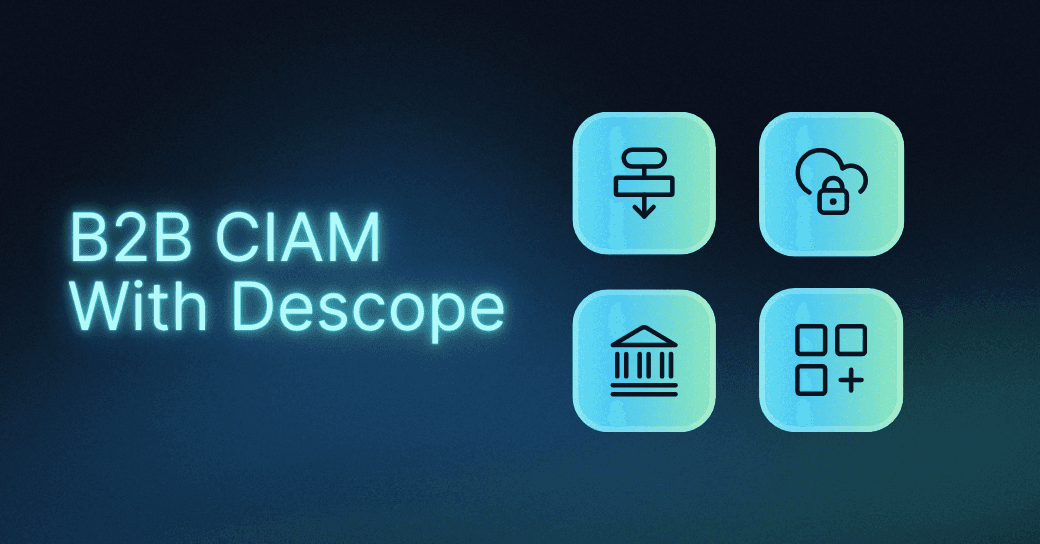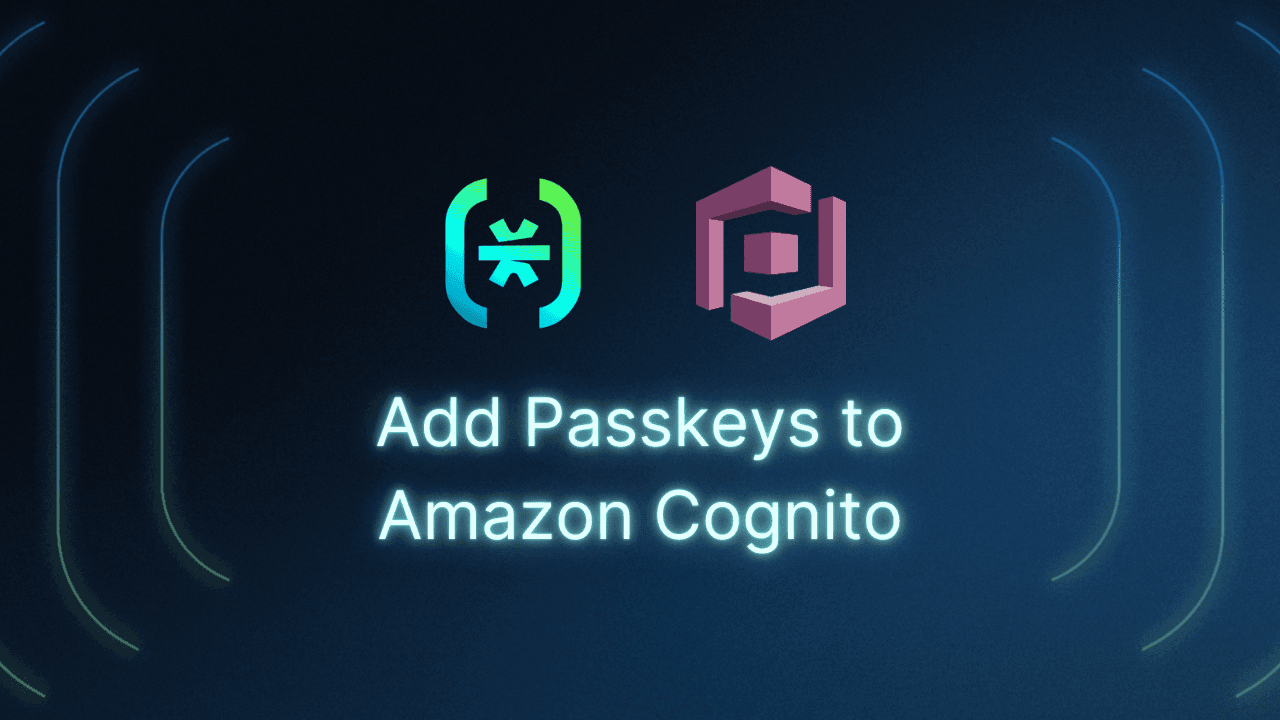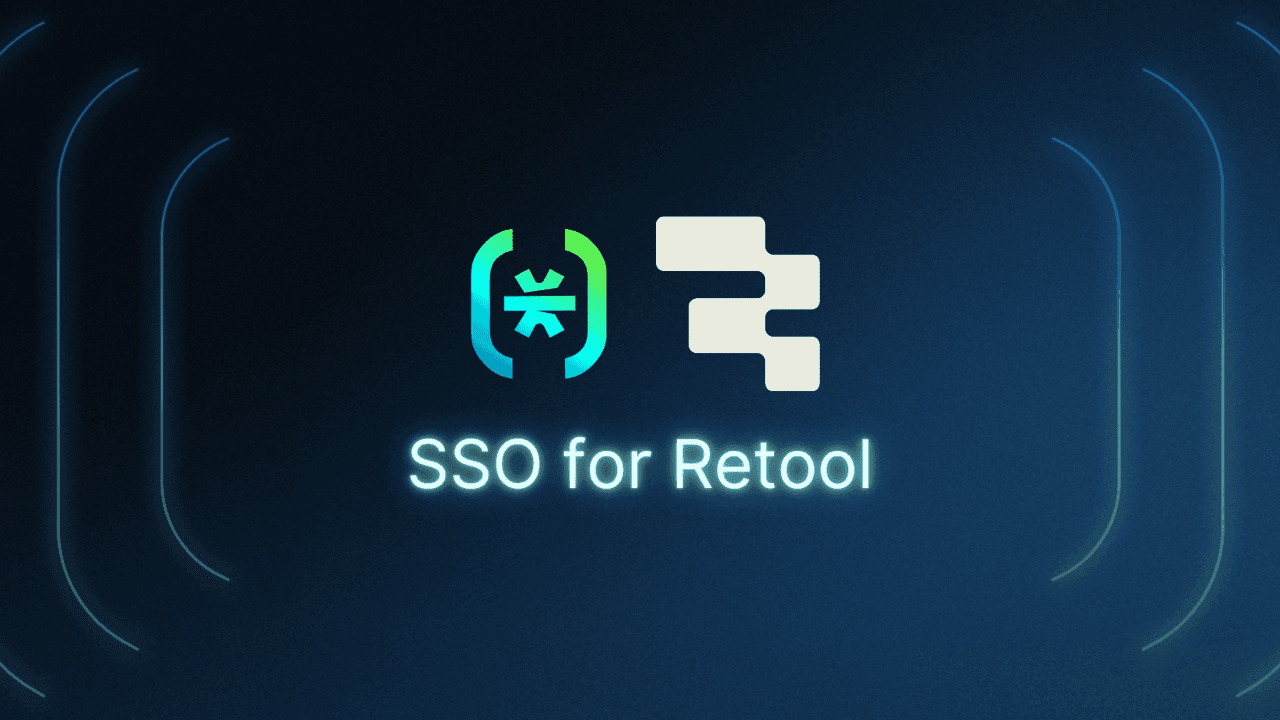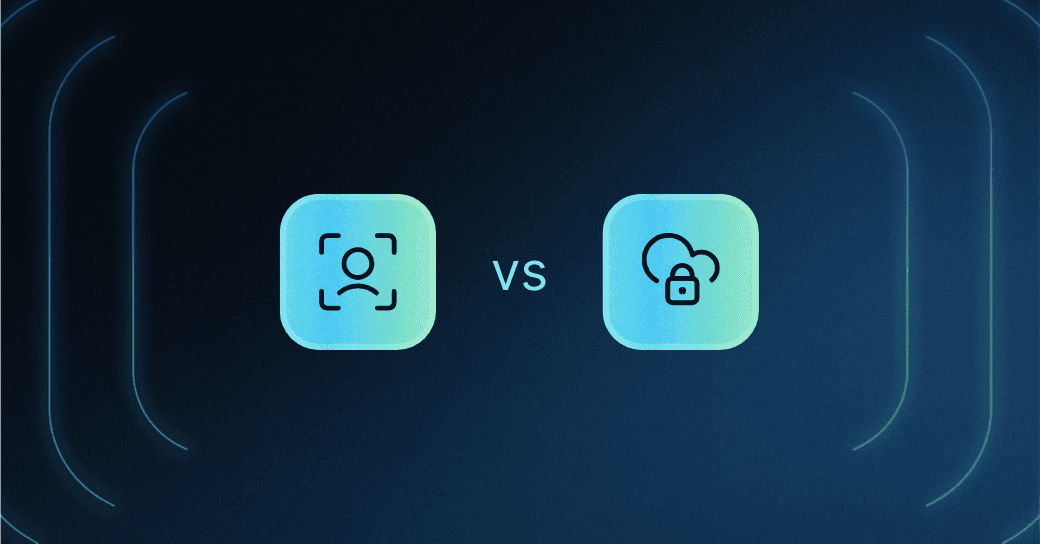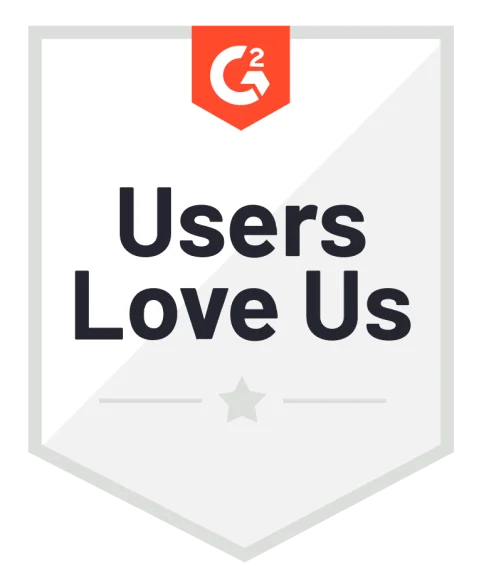Table of Contents
How B2B authentication differs from B2C
Welcome, fellow Descopers! In this blog, we’re excited to share Descope’s comprehensive suite of authentication and user management capabilities to help B2B app developers. To learn how we help B2C apps, read this blog.
This suite includes Single Sign-On (SSO) with support for both OpenID Connect (OIDC) and Security Assertion Markup Language (SAML), built-in multi-tenancy, risk-based MFA using third-party connectors, and prebuilt User Interface (UI) components such as tenant SSO verification. Moreover, we provide flexible, drag-and-drop password and passwordless authentication options like one-time passwords (OTPs) over email and SMS, email magic links, passkeys, and OAuth social logins.
In an increasingly interconnected digital world, B2B authentication plays a crucial role in ensuring secure and seamless interactions between different organizations. This blog will explore the concepts behind B2B authentication, its importance, and how a platform like Descope can be used to effectively manage B2B user identities. We will delve into the unique functionalities that Descope provides and how it can simplify and speed up your B2B authentication strategy.
How B2B authentication differs from B2C
B2B authentication differs from B2C (Business-to-Consumer) authentication in a few significant ways. The fundamental unit of authentication flows for consumer apps is individual users, while for businesses, it's organizations, also known as tenants. This shift from individuals to groups necessitates different strategies and mechanisms to effectively manage authentication.
In addition to this fundamental shift, there are several other reasons why B2B authentication is unique:
Single Sign-On (SSO): While SSO might be seen as a convenience in B2C scenarios, it's often a necessity in B2B applications for seamless cross-organizational operations. SSO allows users from one organization to use one set of credentials to access multiple applications, reducing password fatigue and improving productivity.
Complexity of access control and provisioning: B2B applications often have complex access control requirements with multiple levels of permissions and roles. This complexity requires sophisticated authentication systems that can handle fine-grained access control. Moreover, B2B apps need to have mechanisms in place to provision and deprovision tenants and users (whether automatically or with manual review) to ensure a seamless end user experience while also avoiding any accidental or malicious misuse (e.g. not deprovisioning a user after they’ve left the company).
Legal and compliance requirements: Businesses often operate under strict legal and compliance requirements, which necessitates secure and auditable authentication systems. B2B authentication systems must therefore be designed with these requirements in mind.
In the following sections, we'll dive deeper into how Descope's features can address these unique B2B authentication challenges.
Benefits of Descope's tenant-first approach
Descope stands out in the B2B authentication space with its unique user and tenant focused approach. Not only do we offer tools for the onboarding of organizations / tenants as fundamental units of our authentication flow, tenant-less or automated sign up is also supported for self-service motions.
With these two approaches, Descope aligns itself more naturally with the structure and operations of businesses, allowing for more customization based on specific use cases. The benefits of this approach are numerous:
Saves developer time: By handling all the use cases a B2B company may encounter with their customers, Descope frees developers to focus on building the core functionalities of their applications, thereby saving considerable development time and resources. Focus on product development, not auth.
Offers fine-grained access controls and functionality: Management of authorization and access at the organizational level is often complex and demanding – we account for this in our architecture, giving you the tools out of the box to achieve the control you and your customers need. Descope’s approach to access control also includes Fine-Grained Authorization (FGA), providing even finer-grained permissions based on relationships between users and resources.
Scalability: Designed to scale smoothly with the growth of the business, Descope ensures that as more organizations or tenants are added, the system can handle the increased load without compromising performance or security.
Enhanced security: With its focus on organizations, Descope implements robust security measures at the organizational level. These measures include specific access controls and roles, secure single sign-on, risk-based MFA flows using third-party connectors, and comprehensive audit trails to meet legal and compliance requirements.
Greater flexibility: By supporting tenant and user-based authentication, we allow businesses to customize their offering based on their specific needs. If an organization runs a self-service system where users are able to sign up without being assigned to a specific organization until they become the organization’s customer, we provide that functionality. On the other hand, new sign ups can certainly be added to an organization from the onset.
In short, Descope's tenant and user focused B2B authentication offers a more streamlined, flexible, and secure solution for businesses. By saving developer time, simplifying management, and enhancing security and user experience, Descope takes the burden of building B2B authentication off developers’ shoulders.
In the following sections, we will delve deeper into the unique functionalities and features that Descope provides.
Implementing B2B authentication with Descope
Descope provides developers with a comprehensive suite of features and tools that streamline the development of secure B2B authentication applications. The capabilities are accessible via frontend and backend SDKs, API, or the Descope Console.
Tenants and users
The concepts of tenants and users form the bedrock of Descope's structure. In this context, tenants represent organizations or businesses that use your application. They serve as a way to group and manage users, permissions, and various other aspects of a business within your application.
Users, on the other hand, are individuals within these organizations who interact with your application. Each user is part of a tenant, and their actions within the application can be regulated based on the permissions associated with their tenant. Descope also allows users to be added to multiple tenants with different roles assigned per tenant.

Enterprise and self-serve onboarding
Descope provides support for both manual onboarding processes and user-initiated self-serve onboarding, delivering flexibility to accommodate varying business requirements. This involves three main methodologies for tenant creation:
Manual: Using the Descope UI, you can manually create a tenant by entering the organization's details into a form, providing a straightforward approach to set up. This is typically used to limit access until your users have a conversation with the sales team or other similar signifiers of intent.
Automated: Descope provides API endpoints and SDK functionality for integration with your backend services, enabling automatic tenant creation and management. This can augment or supplant the manual process.
Self-service: Descope's authentication flows allow users to create profiles without an initial association with a tenant or an organization, ideal for self-service registration. Users can later be assigned to an organization once they officially become customers.
Single sign-on
Descope offers SSO with robust support for SAML and OIDC protocols, thereby enabling smooth integration with various Identity Providers (IdPs). In addition, Descope SSO Setup Suite is designed to provide B2B tenant admins with the autonomy to setup, configure, manage, and test their SSO connections without any external assistance.
We offer a ready-to-use SAML Configuration Flow, making it straightforward for you to implement this functionality. You can easily modify the design or logic using our editor, thus offering a comprehensive solution for your single sign-on authentication requirements.

SCIM provisioning and deprovisioning
Descope leverages SCIM (System for Cross-domain Identity Management for dynamic user data configuration. Descopers can manage SCIM provisioning from their IdP, enabling efficient user profile updates and group changes. SCIM also allows deactivation of users from your IdP and the modulation of user access levels within the application.
Fine-Grained Authorization (FGA)
Descope allows versatile management of user permissions and roles, supporting a hierarchical model of roles and permissions for refined control over authorization. This includes the implementation of Role-Based Access Control (RBAC), enabling a more structured and scalable approach to granting access rights. The interpretation and enforcement of these roles and permissions are manageable by your application.
To enhance the RBAC framework, Descope also supports Relationship-Based Access Control (ReBAC) and Attribute-Based Access Control (ABAC) as part of its authorization capabilities. FGA support provides a dynamic and context-aware approach to managing permissions that adapts to the relationships between users and the resources they access. FGA offers a sophisticated authorization system that is especially suited to the complex needs of B2B businesses.
Sessions
Descope manages sessions for your application, ensuring that the entity interacting with the system remains the same as the one that was initially authenticated to enhance the security of your operations. This includes handling session validation, refresh, and storage of authentication status via tokens.
Authentication methods
Descope offers a wide variety of authentication methods to use in your user journey flows. Choose the right login experience for your application user base out of:
Multi-factor authentication
Descope's support for MFA introduces an additional layer of security during the authentication process. Organizations can opt-in for this feature, which requires users to provide multiple forms of identification before they're granted access.
If you’d like to enforce MFA only for risky sessions, you can leverage risk scores from specialized services such as Traceable and Google reCAPTCHA Enterprise and create branching user paths that enforce MFA only when the risk score passes a specific threshold.
Flows
Descope offers a visually intuitive, no-code platform for crafting screens and authentication procedures, streamlining user engagement with your application. Choose authentication methods, add MFA, adjust styles, require additional layers of auth for risky users, and much more.

Widgets
Descope Widgets are customer or user facing components that can be directly embedded in an application that solve for common B2B or B2C use cases. Below are a couple examples of functionality that Widgets currently support (we’re always working on more!):
User Management: Allow tenant admins to add, edit, or remove users effortlessly. This autonomy not only speeds up the operational flow but also enhances the security by promptly managing user roles and accesses.
Role Management: Customize and manage roles within the organization, enabling detailed control over permissions and access levels.
Access Key Management: Secure and manage authentication keys for API access, ensuring that only authorized users and systems can interact with critical backend services.

Check out our Widgets documentation to learn more.
Step-up authentication
Descope provides step-up authentication to help customers add an extra layer of security by requiring users to provide additional credentials for certain actions or resources.
Conclusion
In conclusion, Descope provides a robust solution for B2B authentication with its flexible approach focused on organizations and users. Whether it's creating tenants, setting up self-service SAML, managing session validation, or enforcing risk-based MFA, Descope makes B2B authentication straightforward and secure.
We encourage you to consider Descope for your B2B authentication needs. Make the leap towards a more secure and seamless B2B authentication experience with Descope today by signing up for a Free Forever account on our platform and joining AuthTown, our open user community for developers to learn about authentication.


